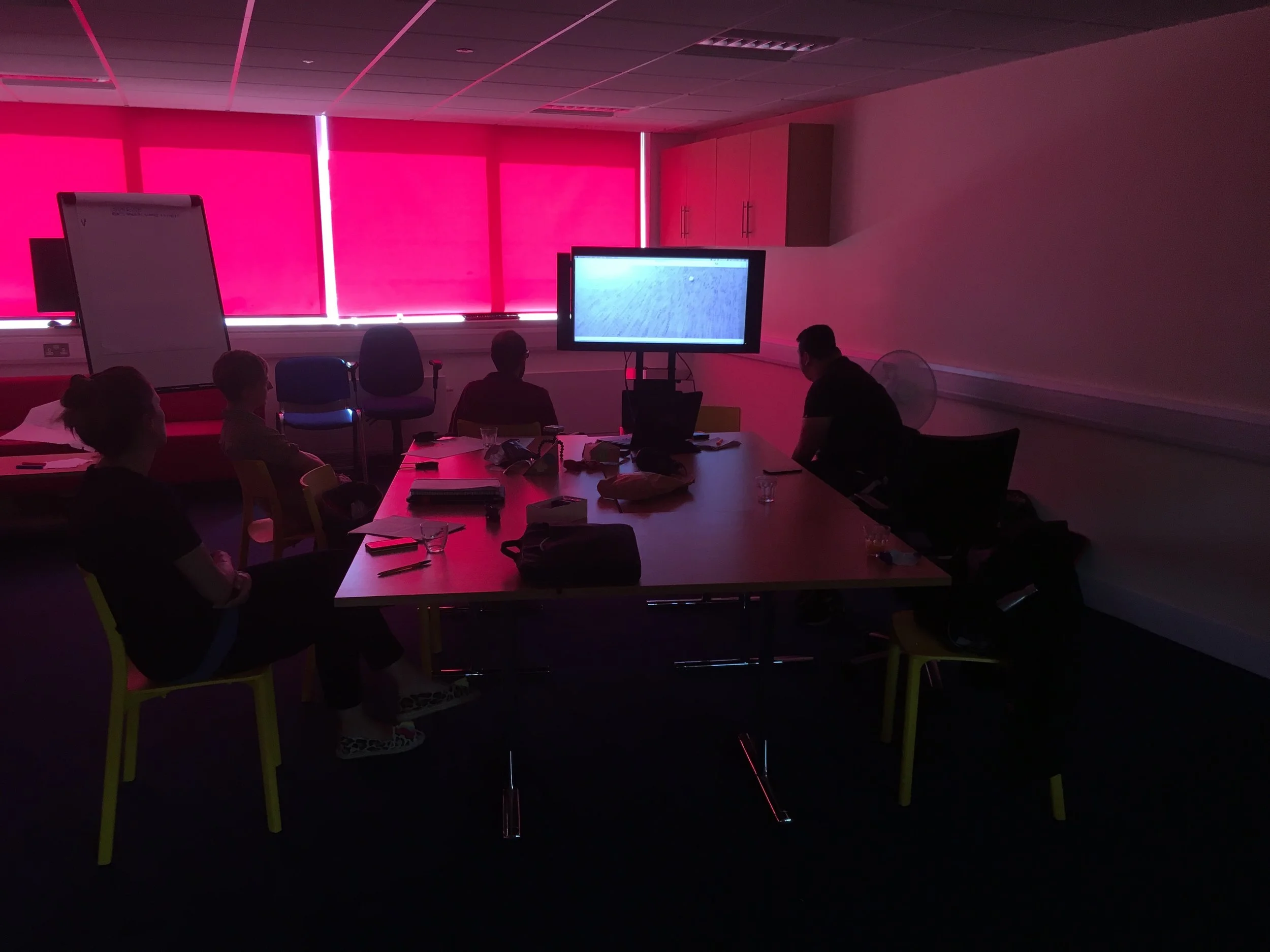Research Project Summary
The VI Everyday Mobilities project began as a pilot study, funded by the University of Oxford’s John Fell Fund and Returning Carer’s Fund (2014 – 2018). The project is led by Dr Jennie Middleton.
The research examines the relationship between urban transport and the everyday lives of visually impaired (VI) young people in London. It responds to a lack of qualitative research about how VI young people negotiate their journeys between different transport modes. We examine how these experiences relate to other aspects of VI young people’s everyday lives, for instance; moving towards adulthood, achieving ‘independence’, speed/ time, access to services and employment, family relationships, mental health, and much more.
Research Team
· Dr Jennie Middleton – Principal Investigator
· Hari Byles – Researcher
Website and Filmmaking Team
· Santiago Rivas Sola – Participatory filmmaker and website designer
· Imran Janjua – Music and film production
· Justin Cunningham – Music and film production
· Mahir Topal – Co-producer
· Katerina Rodriguez – Audio-description


